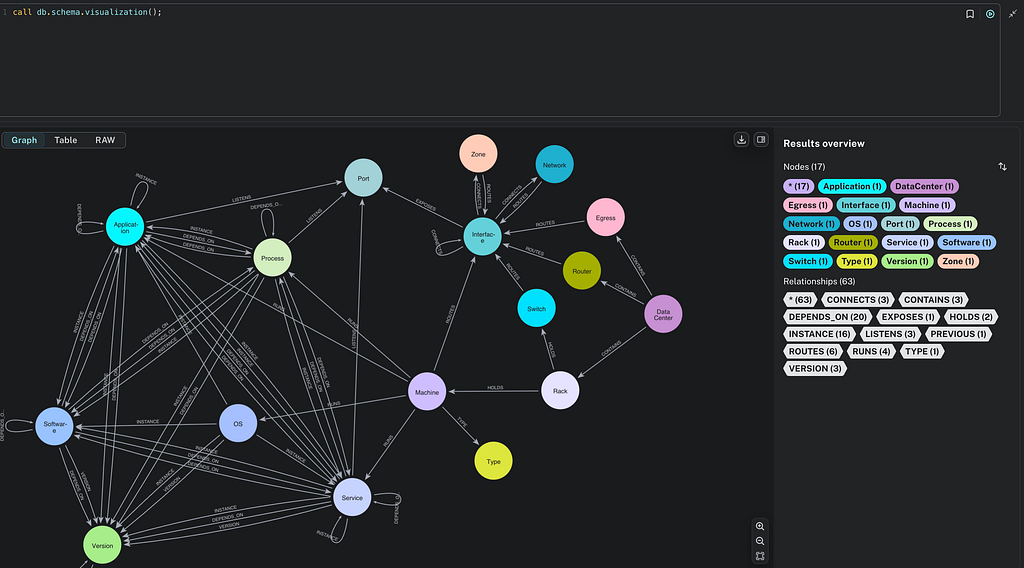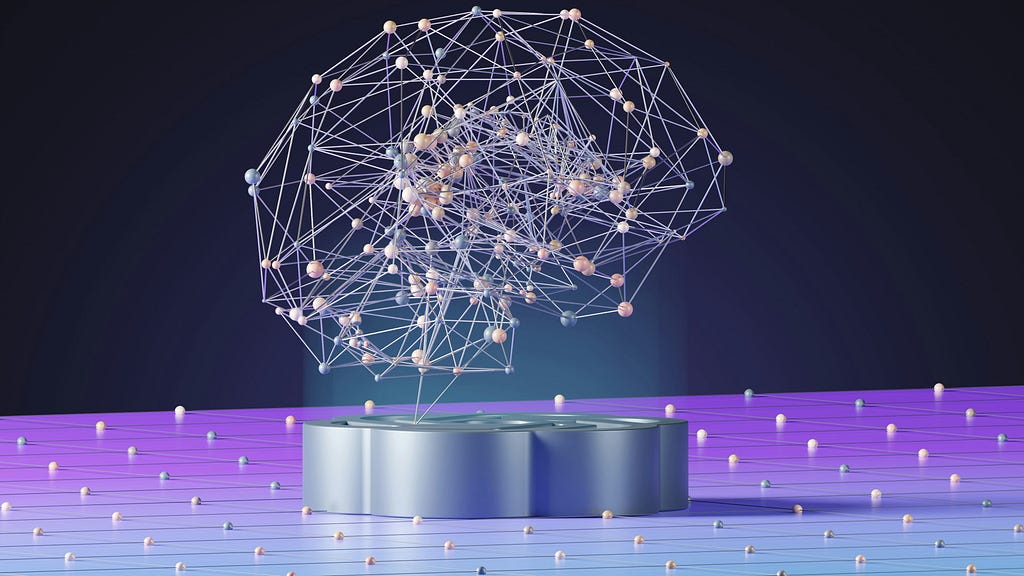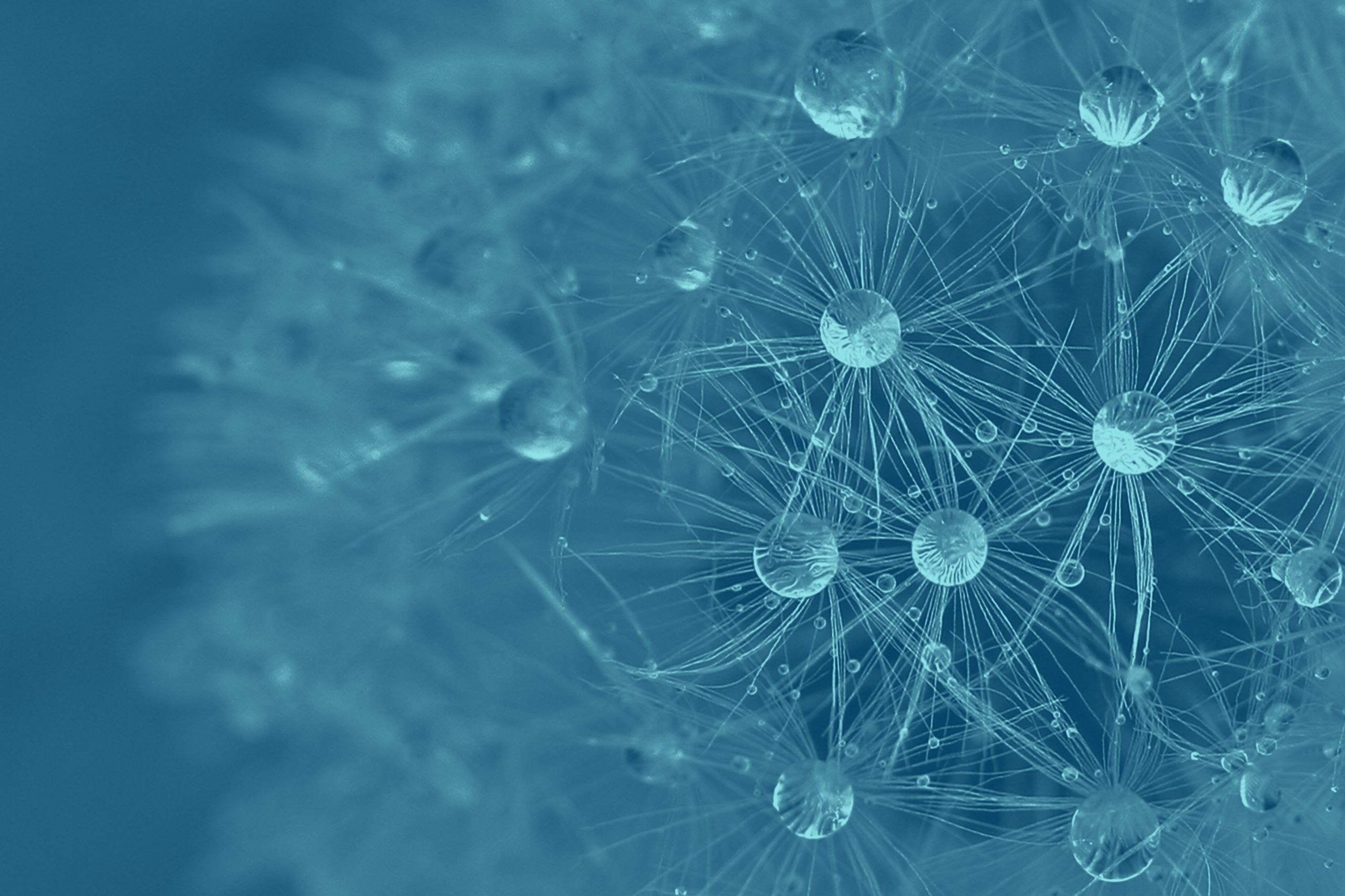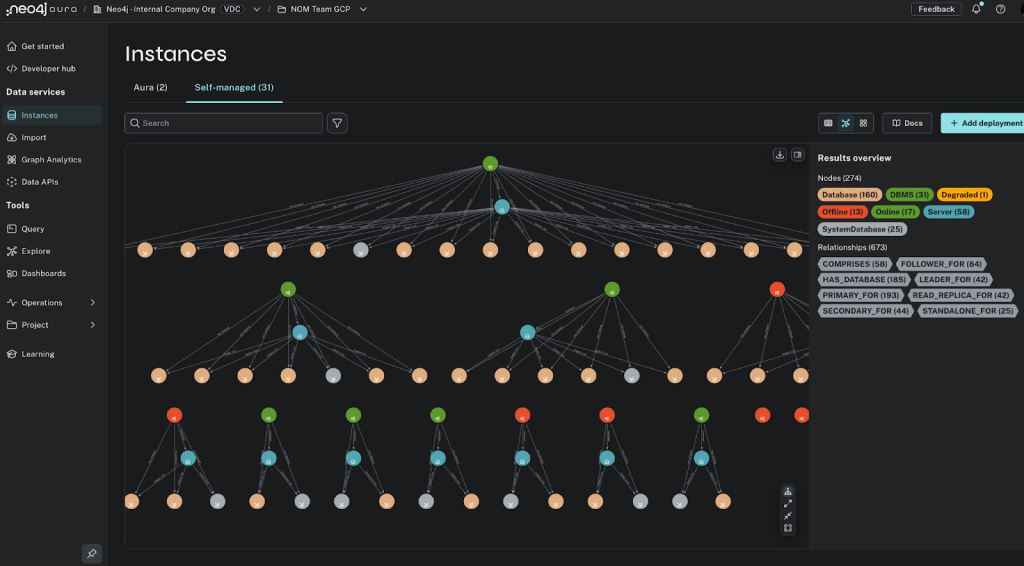Neo4j v5 Long-Term Support and the Continued Evolution

Senior Product Manager, Neo4j
6 min read

We’re delighted to announce Neo4j 5.26 as our Long-Term Support (LTS) release. This culminates two years of groundbreaking innovation and performance enhancements in the world’s leading graph database. It marks the final release of the Neo4j version 5.x series. While Neo4j LTS releases will not receive new features or improvements, they will receive critical patches and security updates. Neo4j 5.26 LTS will be supported until June 2028.
In parallel, new features and performance enhancements will continue to be added to the Neo4j 2025.x series of the latest stable releases. The initial release, 2025.01, is scheduled for late January 2025 and will support online upgrades from 5.26 LTS and complete compatibility with version 5 of Cypher and the current Neo4j drivers.
If your organization relies on LTS versions for certain projects, you should consider that support for 4.4.x LTS will cease in November 2025. Now is an opportune time to plan your upgrade to either our 2025.x series or the 5.26 LTS. Both options provide continued access to essential updates, security patches, and advancements in graph technology introduced since the Neo4j v4.4 release.
Highlights of Neo4j 5.x Features
Neo4j 5.x releases introduced many features and enhancements across multiple dimensions, from performance and scalability to operational capabilities, security improvements, and AI readiness. Let’s explore some of the most impactful improvements:
Performance Enhancements
For a detailed exploration of how the performance enhancements were achieved, read our blog post on Cypher Performance Improvements in Neo4j 5.
- Parallel Runtime (Neo4j 5.13, October 2023)
— Enabled parallel execution of read queries across multiple threads, boosting analytical query performance.
— This feature offers near-linear performance scaling with additional CPUs, making it a game-changer for computationally intensive workloads.
— The blog post Speed Up Your Queries With Neo4j’s New Parallel Runtime has more details about this feature. - CALL {…} IN CONCURRENT TRANSACTIONS (CICT) (Neo4j 5.21, June 2024)
— Introduced concurrent execution of queries via independent sub-transactions, enhancing query write performance.
— Read the Introducing Concurrent Writes to Cypher Subqueries blog post, which provides details about this capability. - Block Format Storage (Neo4j 5.17, February 2024)
— The new block storage format reduces I/O operations, delivering faster query execution and improved performance for complex queries.
— Read the blog post Try Neo4j’s Next-Gen Graph-Native Store Format for more information about the block format. - Faster K-Hop Queries (Neo4j 5.0, October 2022)
— Optimized multi-hop queries, often used in fraud detection use cases, deliver up to 1000x speed improvements for deep traversals, unlocking new levels of query performance. - RANGE and POINT Indexes (Neo4j 5.0, October 2022)
— Enabled efficient handling of range queries and spatial data, enhancing the database’s versatility. - TEXT indexes improvement (Neo4j 5.0, October 2022)
— The new implementation of TEXT indexes in Neo4j 5, based on trigrams, makes them up to hundreds of times faster.
Scalability Features
- Autonomous Clustering (Neo4j 5.0, October 2022)
— Enabled simplified cluster management with automated handling of primary and secondary database copies. - Multi-Cluster Fabric Enhancements (Neo4j 5.0, October 2022)
— COMPOSITE DATABASE command supersedes the previous Fabric implementation in Neo4j 4.x, allowing data sharding and data federation queries across multiple databases and clusters using Cypher. - Incremental Import (Neo4j 5.0, October 2022)
— Allows bulk data merging into existing databases incrementally, streamlining data ingestion processes.
Operational Enhancements
- Neo4j Ops Manager (Neo4j 5.0, October 2022)
— Provides a unified console for monitoring and managing Neo4j deployments. - Any-to-Any Rolling Upgrade (Neo4j 5.0, October 2022)
— Supports seamless upgrades between Neo4j 5 versions without intermediary steps, minimizing downtime. - Differential Backup and Restore (Neo4j 5.0, October 2022)
— Offers differential backups, point-in-time restores, and APIs for inspecting backup files. - HTTPS Query API (Neo4j 5.23, August 2024)
— The Query API uses secure HTTPS to make Cypher requests with a JSON document response.
— Since it doesn’t require drivers, it works across platforms and in situations where you don’t need rich drivers features or can’t install custom libraries.
— Read the blog post Querying Your Neo4j Aura Database Via HTTPS (Again) for more information.
Cypher Query Language Enhancements
- Quantified Path Patterns (QPP) (Neo4j 5.9, June 2023)
— Provides more powerful and efficient path pattern matching to support complex graph navigation. Due to the implementation of inline filtering and early pruning, it’s possible to achieve performance improvements of several orders of magnitude.
— Read the blog Getting From Denmark Hill to Gatwick Airport With Quantified Path Patterns to learn more.
Security Improvements
- Dynamic Labels, Types, and Properties (Neo4j 5.26, December 2024)
— Allows you to perform operations on labels, relationship types, and properties via dynamic expressions, significantly simplifying data loading and refactoring, while reducing the risk of Cypher injection attacks.
— Read Cypher Dynamism: A Step Toward Simpler and More Secure Queries for more information. - Immutable Roles (Neo4j 5.26, December 2024)
— Immutable roles are designed to provide system roles, which appear as permanent parts of the DBMS. You can use immutable roles to create permanent built-in system roles that cannot be modified even by users who have ROLE MANAGEMENT privileges. - Local User Mapping to External Users (Neo4j 5.24, September 2024)
— Locally defined users can be mapped to externally defined users, such as those in OIDC Single Sign-On and LDAP. This enables applying locally managed roles, SUSPENDED status, HOME DATABASE, and metadata such as the unique displayed name of the user to each of the externally defined users. - Property-Based Access Control (Neo4j 5.24, September 2024)
— Property-based access control (PBAC) allows access privileges on specific nodes in a graph to be determined by the value of their properties.
— Examples include granting read access to nodes based on properties like domain, security level, or classification, and denying access under specific conditions.
AI Capabilities
- Vector Indexes (Neo4j 5.13, October 2023)
— Enabled vector similarity searches, bolstering recommendation engines, machine learning applications, and unlocking GraphRAG.
— Read about the native vector search capabilities in Neo4j’s Vector Search: Unlocking Deeper Insights for AI-Powered Applications and about GraphRAG in Vectors and Graphs: Better Together.
Upgrade With Confidence: Plan for Success
Migrating to Neo4j 5.26 LTS offers the opportunity to adopt cutting-edge features and prepare your infrastructure for the future. Many improvements in Neo4j 5.x require enabling new configurations as part of the upgrade process. These settings aren’t enabled by default to maintain backward compatibility; adopting them will unlock their full potential and streamline future upgrades. Key recommendations include:
- Switch Cluster Discovery Service from V1 to V2
- Convert Store Formats to Block
- Enable JSON Logging
A comprehensive migration guide will be available soon to provide detailed instructions for a seamless transition. Implementing these best practices as part of your upgrade will enhance your product experience, improve supportability, and simplify future migrations to the 2025 Neo4j releases.
Download Neo4j 5.26 LTS Today
Ready to take advantage of everything Neo4j 5.x has to offer? Download Neo4j 5.26 LTS or the latest 2025 release from our Deployment Center and start exploring the next evolution of graph database technology.
Looking Ahead
Following the Neo4j 5.x LTS, the database version numbering will change. Learn more about this evolution in our Neo4j Graph Database Versioning blog post.
Join the Neo4j Community
As always, we’re here to support your journey with Neo4j. Share your feedback, ask questions, and connect with other graph database enthusiasts in the Neo4j Community. Together, let’s continue pushing the boundaries of what’s possible with connected data.
Upgrade to Neo4j 5.26 LTS today — the future of graph technology awaits!
Neo4j v5 Long-Term Support and the Continued Database Evolution was originally published in Neo4j Developer Blog on Medium, where people are continuing the conversation by highlighting and responding to this story.








